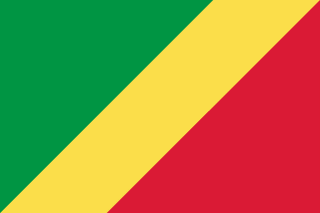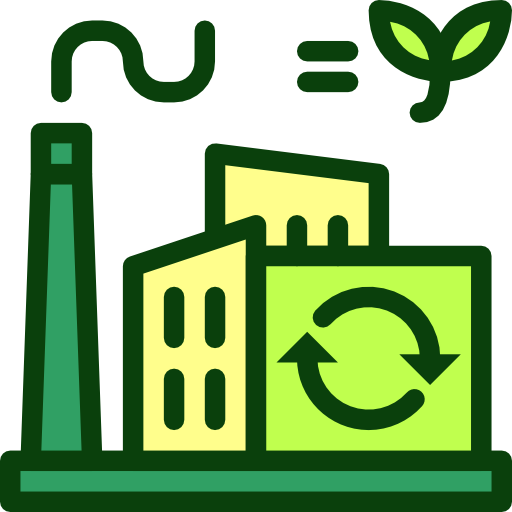Republic of the Congo - Environment

As far as the environment of Republic of the Congo is concerned, there have been . As for nvironment - international agreements, we have; .
About the environment of Republic of the Congo
| Climate | We have tropical; rainy season (March to June); dry season (June to October); persistent high temperatures and humidity; particularly enervating climate astride the Equator |
|---|---|
| Revenue from forest resources | |
| Revenue from coal | |
| Waste and recycling | Municipal solid waste generated annually: 451,200 tons (2024 est.) |
| Total renewable water resources | 832 billion cubic meters (2022 est.) |
| Major rivers (by length in km) | |
| Total water withdrawal | |
| Municipal | 63.7 million cubic meters (2022 est.) |
| Industrial | 24 million cubic meters (2022 est.) |
| Agricultural | 4 million cubic meters (2022 est.) |
| Land Use | |
| Agricultural land | 31.3% (2022 est.) |
| Agricultural land: arable land | arable land: 1.6% (2022 est.) |
| Agricultural land: permanent crops | permanent crops: 0.4% (2022 est.) |
| Agricultural land: permanent pasture | permanent pasture: 29.3% (2022 est.) |
| Forest | 64.2% (2022 est.) |
| Other | 4.5% (2022 est.) |
| Urbanization | |
| Urban population | 69.2% of total population (2023) |
| Rate of urbanization | 3.19% annual rate of change (2020-25 est.) |
| Major urban areas (Pop) | 2.638 million BRAZZAVILLE (capital), 1.336 million Pointe-Noire (2023). |
All Important Facts about Republic of the Congo
Want to know more about Republic of the Congo? Check all different factbooks for Republic of the Congo below.
-
 Republic of the Congo Factbook
Republic of the Congo Factbook
-
 The Economy of Republic of the Congo
The Economy of Republic of the Congo
-
 Learn about the Government of Republic of the Congo
Learn about the Government of Republic of the Congo
-
 Communication in Republic of the Congo
Communication in Republic of the Congo
-
 Popular Universities in Republic of the Congo
Popular Universities in Republic of the Congo
-
 Enerny in Republic of the Congo
Enerny in Republic of the Congo
-
 Transport in Republic of the Congo
Transport in Republic of the Congo
-
 The Geography and society of Republic of the Congo
The Geography and society of Republic of the Congo
-
 The Environment of Republic of the Congo
The Environment of Republic of the Congo
-
 Military and security in Republic of the Congo
Military and security in Republic of the Congo